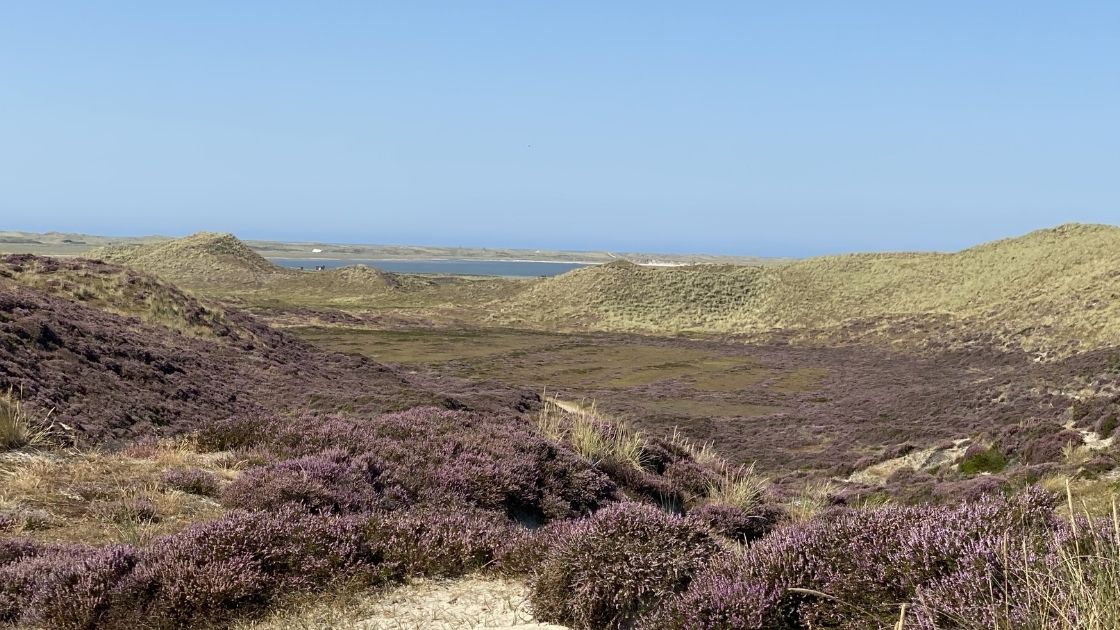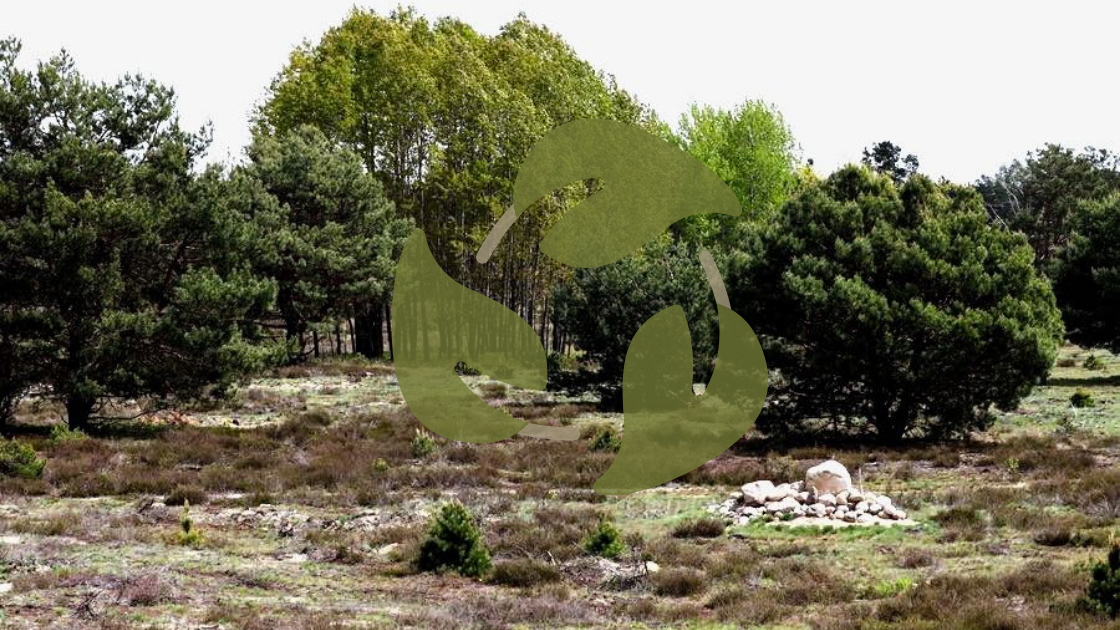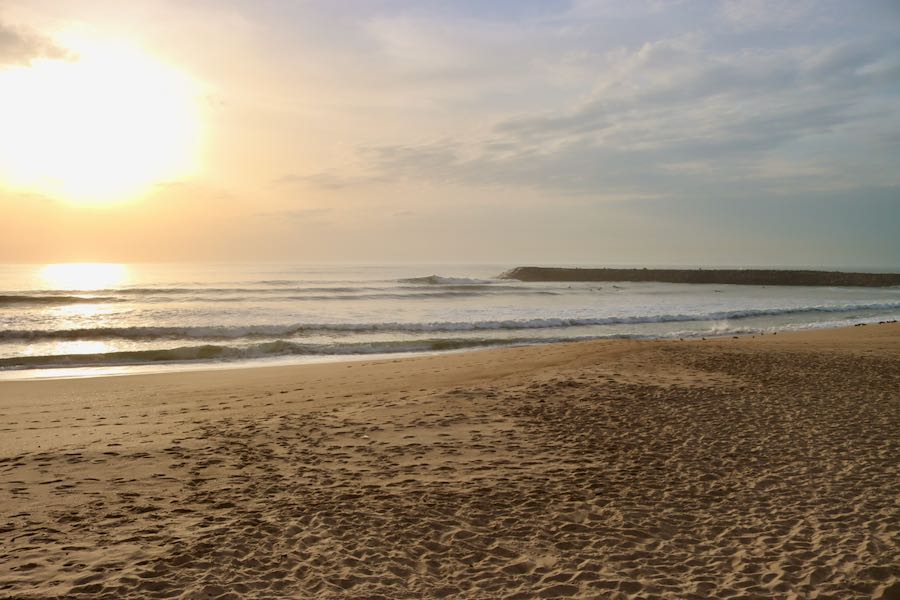Being in touch with nature is a way of life. It is also a necessity for many who live in the city, to take a getaway to recharge and renew their energy.
Whether it’s close to home or travelling around the world, before you head out into the outdoors, take great care when travelling to this gem that is nature, keep it intact. Leave it the same way you found it.
1. Avoid crowded areas
Many want to visit certain trendy destinations and take the same photos as their influencers, but in reality, one of the best things we can do for the environment is to give nature a break and avoid high-traffic areas and heavily visited destinations.
Instead of stepping onto already overgrown paths and parks, look for less travelled terrain that hasn’t yet been discovered by the photo hunters that will generate lots of likes. Better yet, plan your visit during the off-peak season, where you’ll find even fewer travellers on the trails.
2. Take care of your garbage
While it may seem harmless to throw a leftover apple or banana peel into the bush, if this “organic waste” is not native to the area, it can be considered an invasive species and, over time, alter the local ecology.
In some areas, organic waste can attract the attention of animals, who may become dependent on hunting rather than doing what they normally do, collecting their own food.
So always carry a bag to collect your garbage.
3. Stay on track

Hiking allows us to experience nature on a more personal level, but not so personal that you want to “walk your own path”. Keep in mind that trails exist for a reason and responsible travellers should stay on designated trails to avoid getting lost or damaging the environment around them. If everyone were to follow their own path, the place visited would become a trampled web of mini-trails.
This recommendation also applies to ski areas.
4. Don't take souvenirs from nature
When exploring untouched or unspoiled natural areas, it is very important never to take souvenirs or contaminate the environment with foreign seeds. This goes for collecting shells on beaches as well. In many countries it is illegal to collect plants, flowers, berries, mushrooms, animals, animal parts (such as horns), rocks, fossils, driftwood, signs, or any other natural or historical object. If you believe you have found something significant, leave it where it is and report it to the nearest authority.
5. Don't leave human waste (your poop) in nature
Have a plan of how you will get to the restroom if the place does not have facilities. Never leave toilet paper, tissue paper, or anything similar. Don’t leave your waste either.
Packing your waste and taking it with you is the best option, but if you don’t have the proper packaging, it is best to dig a 6-8 inch (15-20cm) ‘Cathole‘ at least 200 feet (60m) from your campsite and any trail or water source.
6. Choose a responsible tour operator
If you’re going somewhere that needs a tour operator, look for a responsible, locally owned one that pays and treats its employees well (for example, by limiting the number of weight carriers can carry) and that has solid sustainability guidelines. If a company’s sustainability policies are not visible on their website, ask for examples of how they are reducing their impact on the environment.
If group tours are not your thing, but you still want to explore with an expert, hire a local guide who knows the area well and can take you on less travelled routes that are safe to explore.
7. Don't dive without training
The environmental impacts of underwater tourism occur when inappropriate boats take divers to the site dumping oil and diesel from the engines into the sea, but also by the clueless diver’s behaviour.
clueless diver behaviour. Those less experienced cause the greatest
impacts, since they can’t control their buoyancy, and may break the
break the corals with their fins.
So prepare well before you dive, check operators’ reviews to make sure they use best practices to limit the impact of their operation on the environment, wildlife, and underwater landscape.
Ask operators if dive sites are accessible by swimming from the beach to avoid polluting the water with boat fuel. Once on the dive, wear reef-safe sunscreen and avoid contact with the bottom and sensitive corals.

top tip
When possible, use the equipment you already own or buy second-hand. If you must buy new equipment for a trip, invest in well-made equipment that will last a long time.













2 Responses